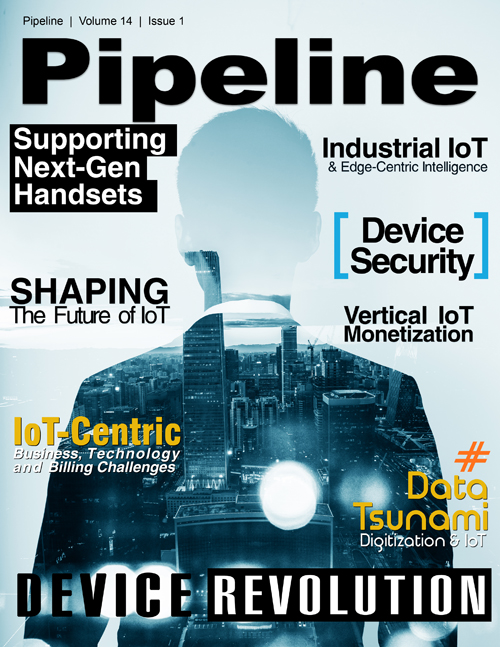IoT Monetization Starts with a Vertical Approach
Take the example of a water utility. One of the greatest issues for any water company is leakage, either at a reservoir/storage facility or along the delivery pipelines that carry water to homes and businesses.
Let us consider a hypothetical IoT strategy to help prevent problems and to foster a worthwhile partnership with a CSP. A recent article in the Los Angeles Times highlights this issue, as the Los Angeles Department of Water and Power (LADWP) faces an aging infrastructure, constant repair requirements, and most importantly, an increasingly scarce natural resource attributable to five years of drought conditions. According to the article, LADWP has 6,730 miles of pipes, of which 435 miles need immediate replacement. Over the past eight years, the company has spent $750 million on water main break repairs, and that does not even count the cost of the water lost through each breach and damages paid via insurance due to water intrusions on homes and businesses.
A recent water main break near the University of California, Los Angeles spewed 75,000 gallons per minute into the campus, with more than 10 million gallons lost until the utility shut off a valve to close the rupture. This three-hour event caused millions of dollars in damages to existing road and pipe infrastructure, university property, and personal property (i.e. cars parked in an underground garage). For situations like this, an IoT-centric enterprise crisis prevention strategy aligned with device connectivity provided by a CSP would make perfect sense for both parties.
For the utility, real-time and accurate information on pipeline integrity would be a usage-based transaction provided by an IoT solution that would become a critical part of its existing infrastructure management — crucial to keeping relevant parties informed about the state of their infrastructures. Each end point in the IoT ecosystem would represent a critical piece of disaster prevention strategy and a monetizable part of IoT that would become a valuable preventative tool, potentially creating significant savings and cost benefits over time for the utility, and for the CSP, creating monetizable business models, which is paramount, and here’s why:
If You Can’t Bill for It, It’s Charity
For the CSP, IoT as a service is "the" next generation of a value-added service, and must be provisioned, fulfilled, and billed as one. The implementation and revenue





















